Seal Jacks, also known as “Seal Claps,” are a unique and dynamic exercise that can help you to achieve a full-body workout. They are a combination of jumping jacks and push-ups and are considered a high-intensity cardio exercise that targets multiple muscle groups. At Boardgains, we love incorporating this fun and challenging exercise into our fitness board game. If you're looking to add variety to your workout routine and improve your overall fitness, then Seal Jacks may be the perfect exercise for you.
1. What are Seal Jacks?
Seal jacks are a full-body exercise that combines jumping jacks with a seal clap. This exercise involves jumping with your feet apart while simultaneously clapping your hands together in front of your chest. Then, jump again, bringing your feet back together while simultaneously bringing your hands back to your sides. The exercise is called "seal jacks" because the clapping motion resembles a seal's flippers.
2. How to Do Seal Jacks
To perform seal jacks, follow these steps:
- Stand with your feet shoulder-width apart and your arms at your sides.
- Jump up, spreading your feet out to the sides and raising your arms out to the sides and up to shoulder height.
- As you jump, clap your hands together in front of your chest.
- Jump again, bringing your feet back together and your arms back down to your sides.
- Repeat steps 2-4 for the desired number of repetitions.
3. Benefits of Seal Jacks
Seal jacks offer numerous benefits, including:
- Increased cardiovascular endurance: Seal jacks get your heart rate up and increase your breathing rate, which can improve your cardiovascular fitness.
- Improved coordination: The jumping and clapping motion of seal jacks can improve your coordination and agility.
- Calorie burning: Seal jacks are a high-intensity exercise that can burn a significant number of calories in a short amount of time.
- Total-body workout: Seal jacks engage multiple muscle groups throughout the body, providing a full-body workout.
- No equipment necessary: Seal jacks can be done anywhere and require no equipment, making them a convenient exercise option.
4. Muscles Worked During Seal Jacks
Seal jacks primarily work the leg muscles, including the quadriceps, hamstrings, and calves. They also engage the glutes, core, and shoulder muscles. The clapping motion of the arms adds an extra challenge for the shoulder muscles and upper back.
5. Tips for Performing Seal Jacks
To get the most out of your seal jacks, keep these tips in mind:
- Start slow: If you're new to seal jacks or haven't done jumping jacks before, start with a slower pace and gradually increase the speed as you become more comfortable.
- Land softly: To reduce the impact on your joints, try to land softly when jumping.
- Engage your core: Keep your abs engaged throughout the exercise to help stabilize your body and protect your lower back.
- Keep your knees soft: Avoid locking your knees when jumping to reduce the risk of injury.
6. Variations of Seal Jacks
There are several variations of seal jacks that you can try to mix up your workout routine. Some variations include:
- Speed jacks
- Cross jacks: Instead of clapping your hands in front of your chest, cross your arms in front of your body and touch your opposite shoulders with your hands.
- Star jacks: Instead of jumping with your feet out to the sides, jump with your feet and arms out to form a star shape.
- Power jacks: Add a squat to your seal jacks by bending your knees and lowering your hips as you jump out with your feet.
7. Common Mistakes to Avoid While Doing Seal Jacks
Avoid these common mistakes to perform seal jacks correctly and reduce the risk of injury:
- Landing too hard: Make sure to land softly and avoid pounding your feet into the ground, as this can cause joint pain and injury.
- Arching your back: Keep your spine in a neutral position and avoid arching your back, as this can strain your lower back muscles.
- Letting your knees collapse inward: Keep your knees in line with your toes to avoid knee pain and injury.
- Allowing your shoulders to hunch: Keep your shoulders down and away from your ears to avoid neck and shoulder pain.
8. How to Incorporate Seal Jacks into Your Workout Routine
Seal jacks can be incorporated into a variety of workouts to add a cardiovascular and full-body strengthening component. Here are some ideas for incorporating seal jacks into your workout routine:
- Warm-up: Start your workout with a few minutes of seal jacks to get your heart rate up and prepare your body for exercise.
- Cardio workout: Incorporate seal jacks into a high-intensity interval training (HIIT) workout by doing 30 seconds of seal jacks followed by 30 seconds of rest, repeating for several rounds.
- Strength training: Add seal jacks to a circuit of bodyweight exercises such as squats, lunges, and push-ups.
- Cool-down: Finish your workout with a few minutes of slower-paced seal jacks to gradually bring your heart rate down.
9. Precautions and Considerations for Seal Jacks
While seal jacks are generally safe for most people, there are some precautions and considerations to keep in mind:
- Joint pain or injury: If you have joint pain or injury, such as in your knees, hips, or ankles, speak to your doctor or a physical therapist before attempting seal jacks.
- Balance issues: If you have balance issues or have trouble with coordination, start with slower-paced seal jacks and work your way up to a faster pace.
- Pregnancy: If you're pregnant, check with your doctor before attempting seal jacks to ensure they're safe for you and your baby.
10. Conclusion
Seal jacks are a fun and effective full-body exercise that can be done anywhere and require no equipment. They offer numerous benefits, including improved cardiovascular fitness, calorie burning, and total-body strengthening. By following the tips and precautions outlined in this article, you can safely and effectively incorporate seal jacks into your workout routine.
11. FAQs
-
How many seal jacks should I do?
- Start with 2-3 sets of 10-15 repetitions and gradually increase as you become more comfortable.
-
Can I do seal jacks every day?
- It's recommended to give your muscles a rest day in between workouts to allow for recovery and prevent injury.
-
Are seal jacks suitable for beginners?
- Yes, seal jacks can be modified to suit different fitness levels and can be a great starting point for beginners.
-
Can seal jacks help me lose weight?
- Yes, seal jacks can be a great addition to a weight loss program, as they burn a significant number of calories in a short amount of time.
5. Do I need to wear special shoes to do seal jacks?
- No, you don't need special shoes to do seal jacks. However, it's important to wear comfortable shoes that provide adequate support and cushioning for your feet.
Conclusion
In summary, seal jacks are a fun and effective way to get a full-body workout. By incorporating this exercise into your workout routine, you can improve your cardiovascular fitness, burn calories, and strengthen multiple muscle groups throughout your body. Remember to start slow, land softly, and engage your core and leg muscles for best results. With regular practice, seal jacks can be a great addition to your fitness routine.

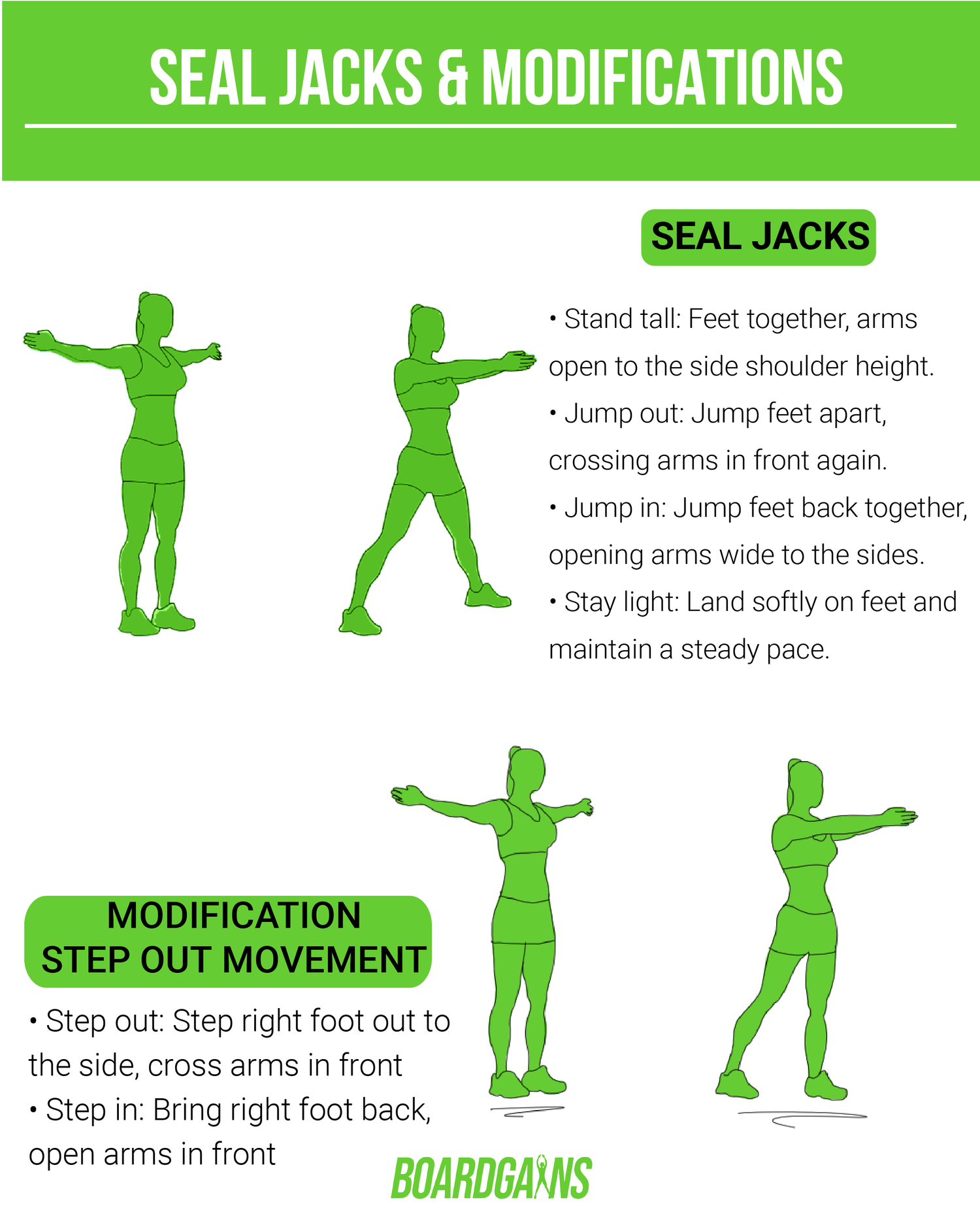
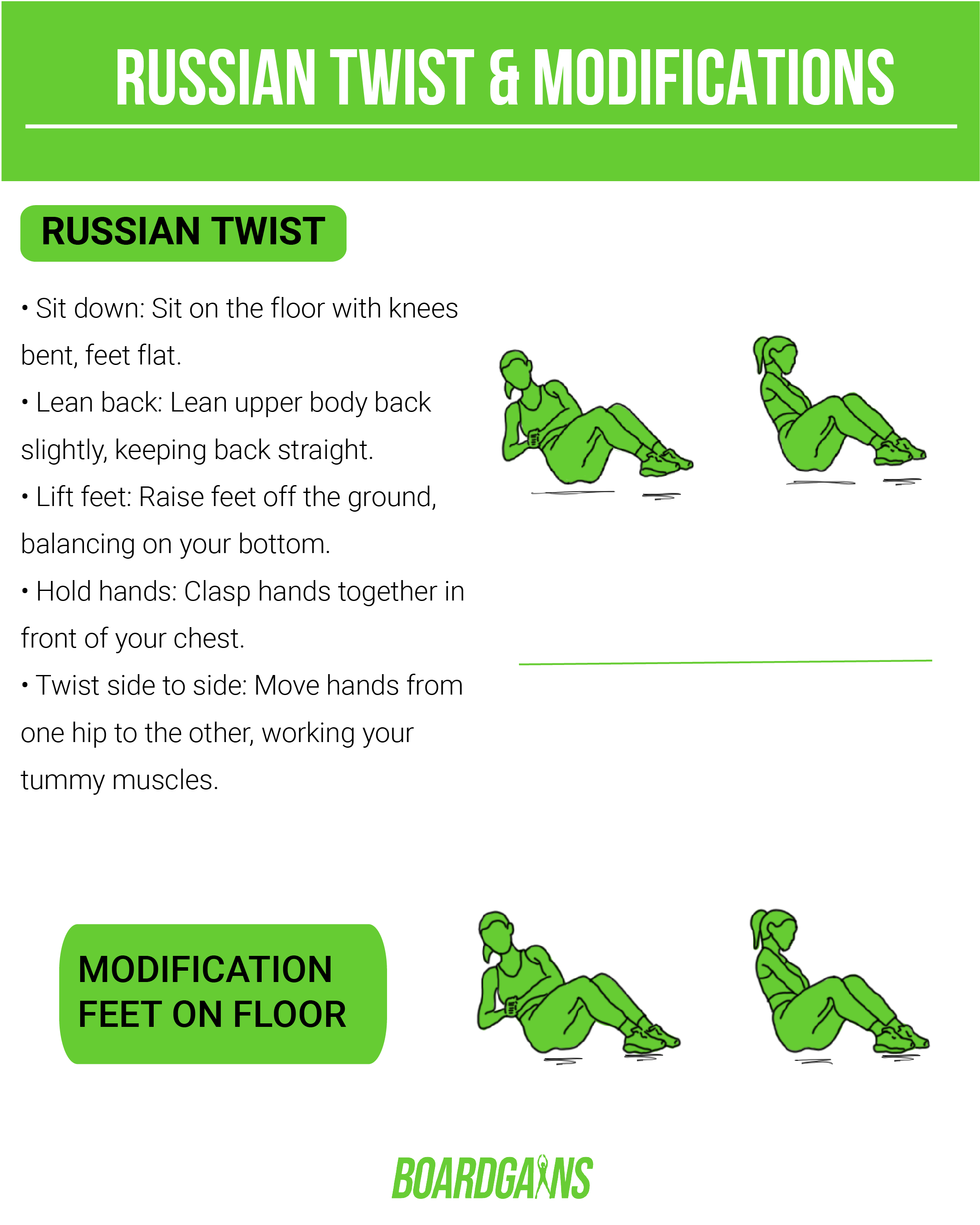
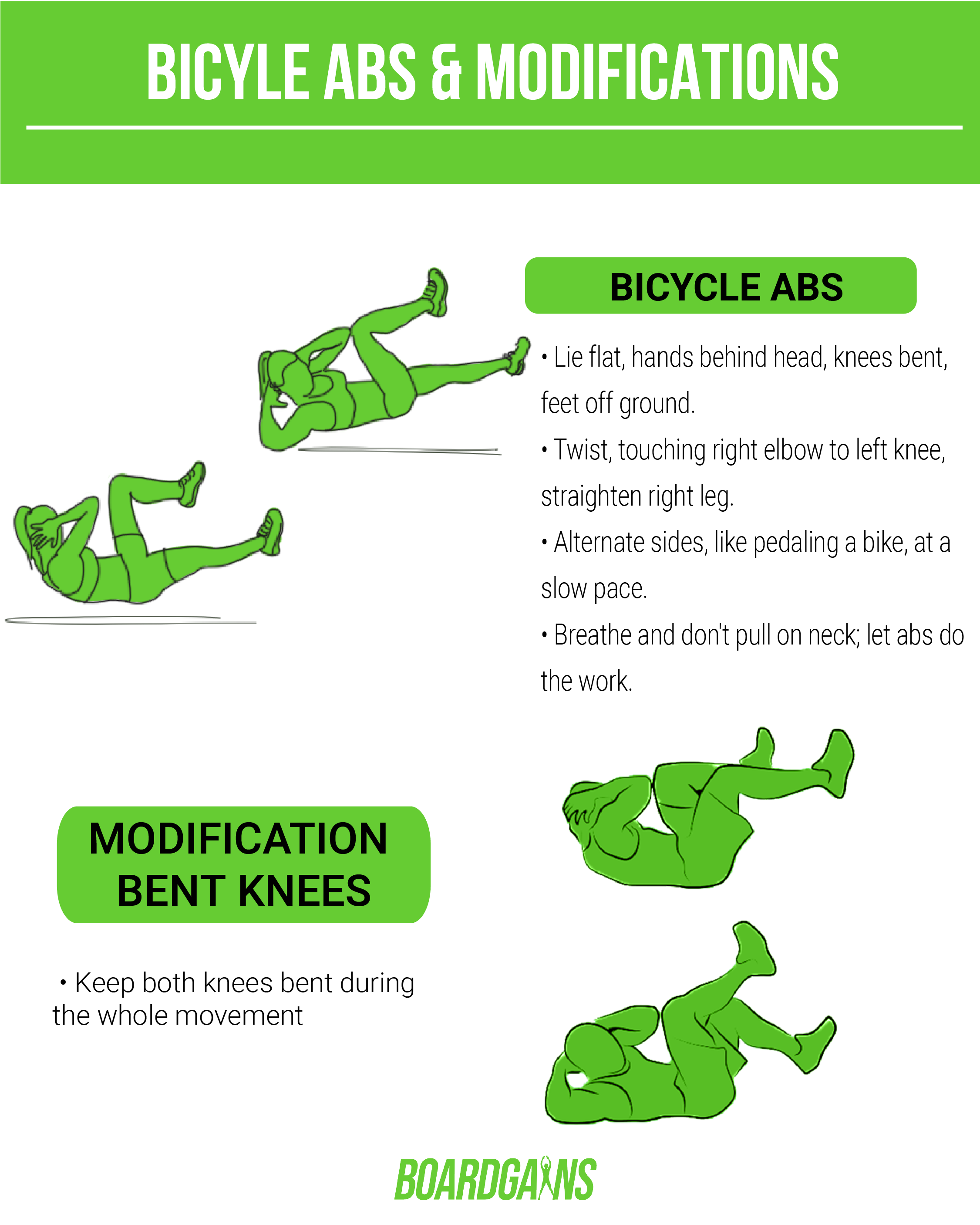
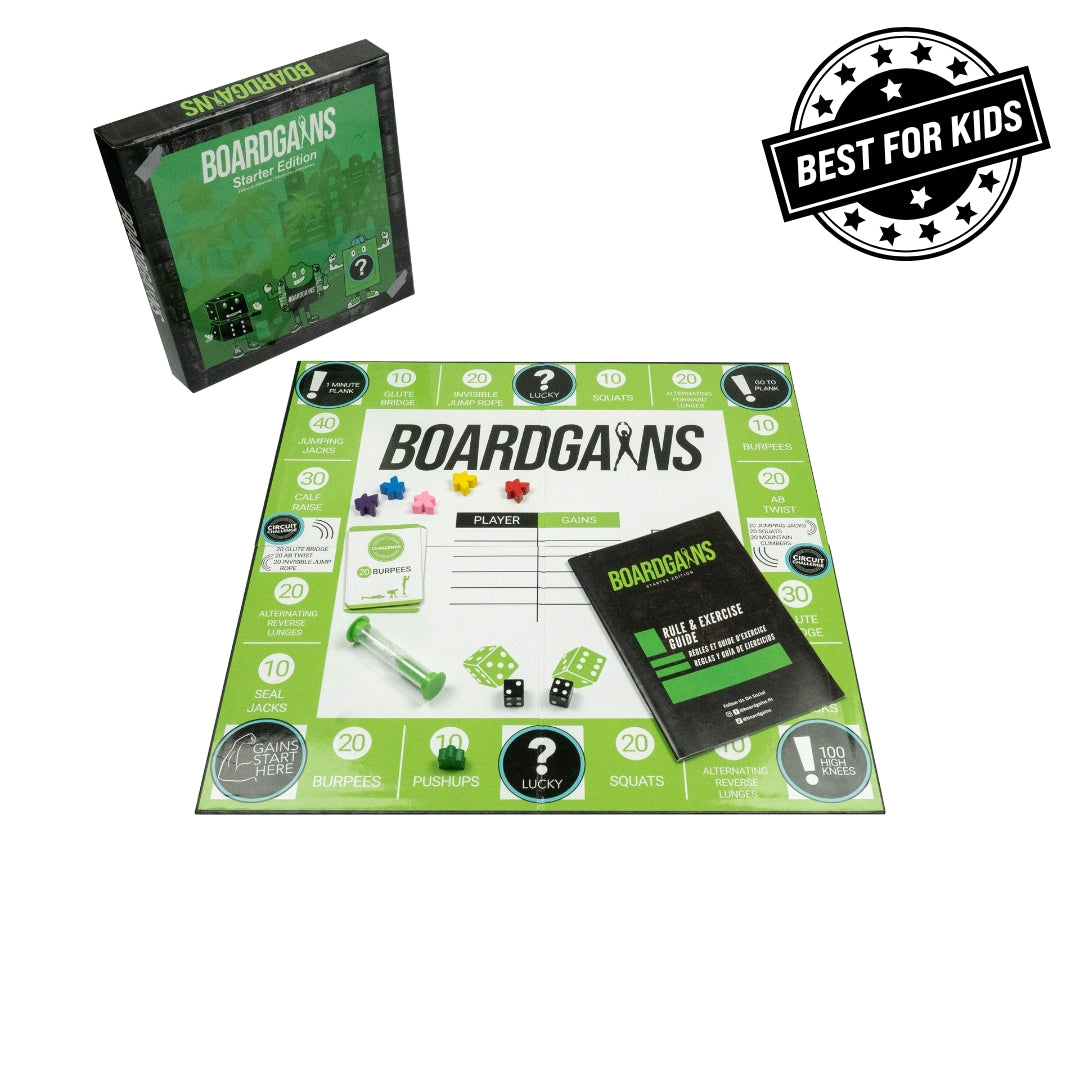
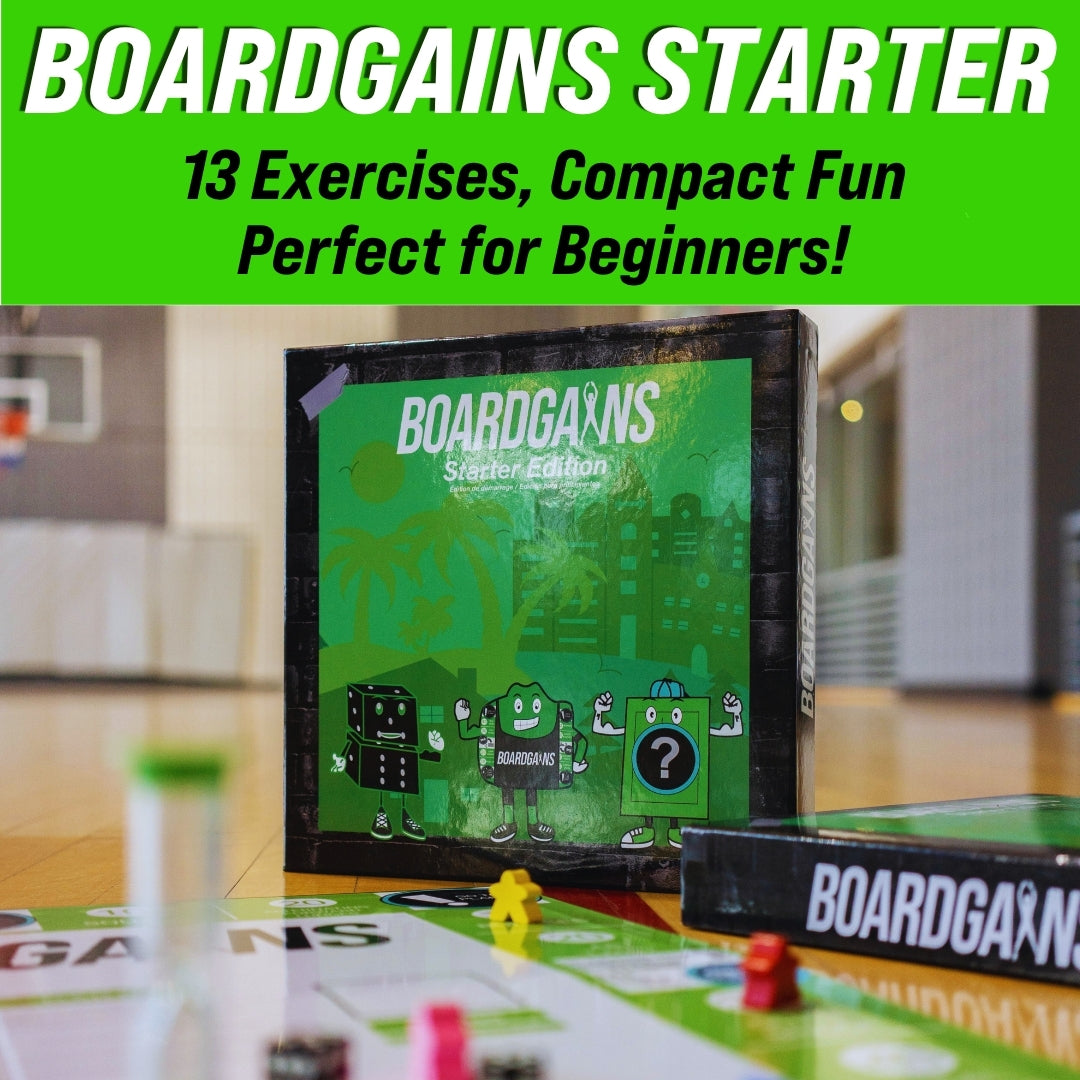

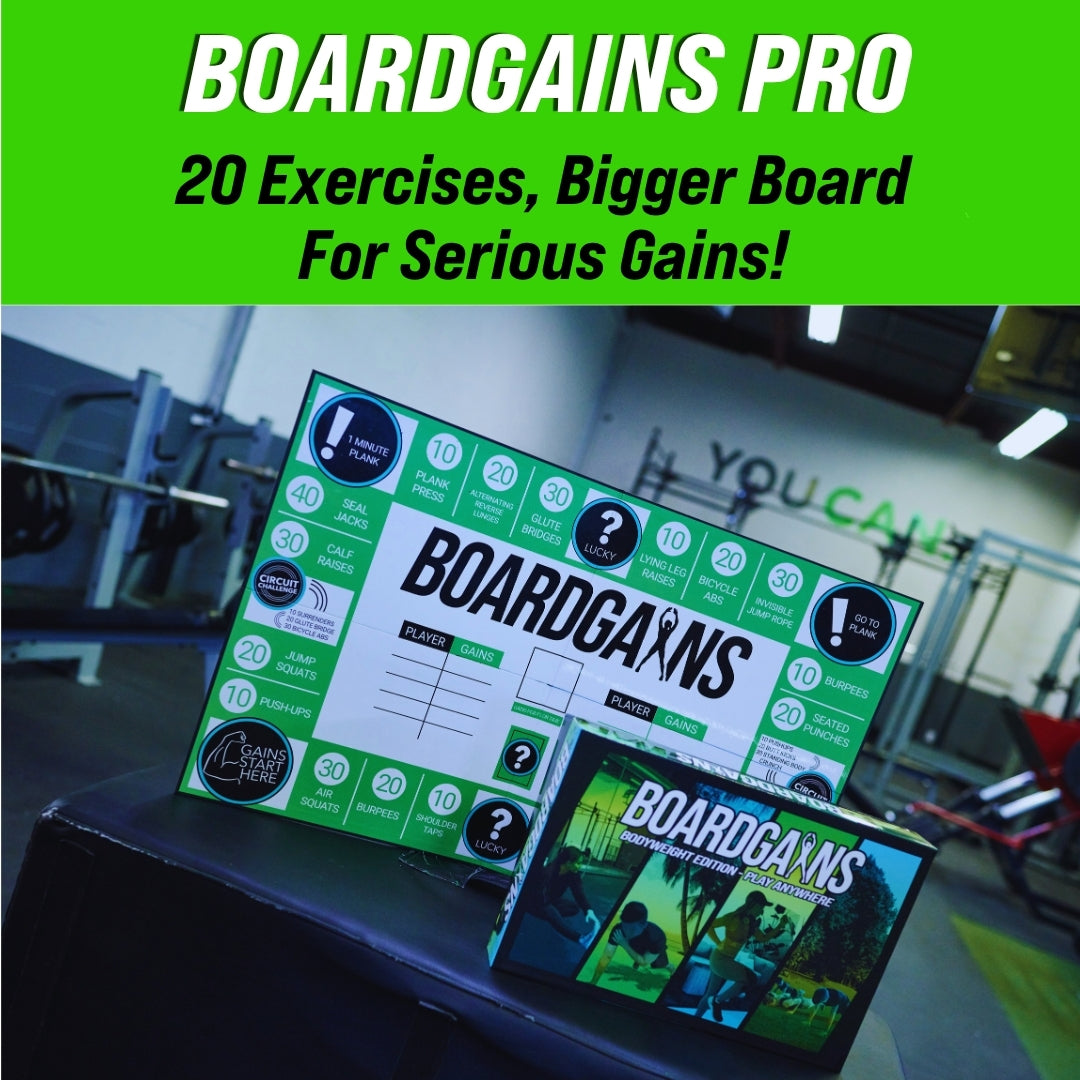


Leave a comment
This site is protected by hCaptcha and the hCaptcha Privacy Policy and Terms of Service apply.